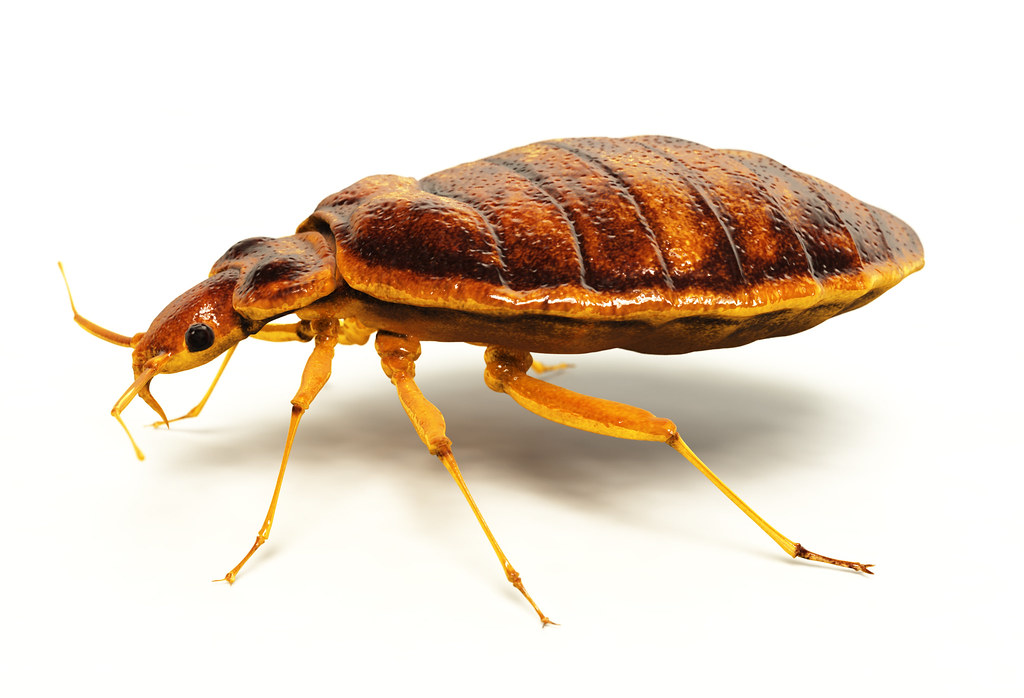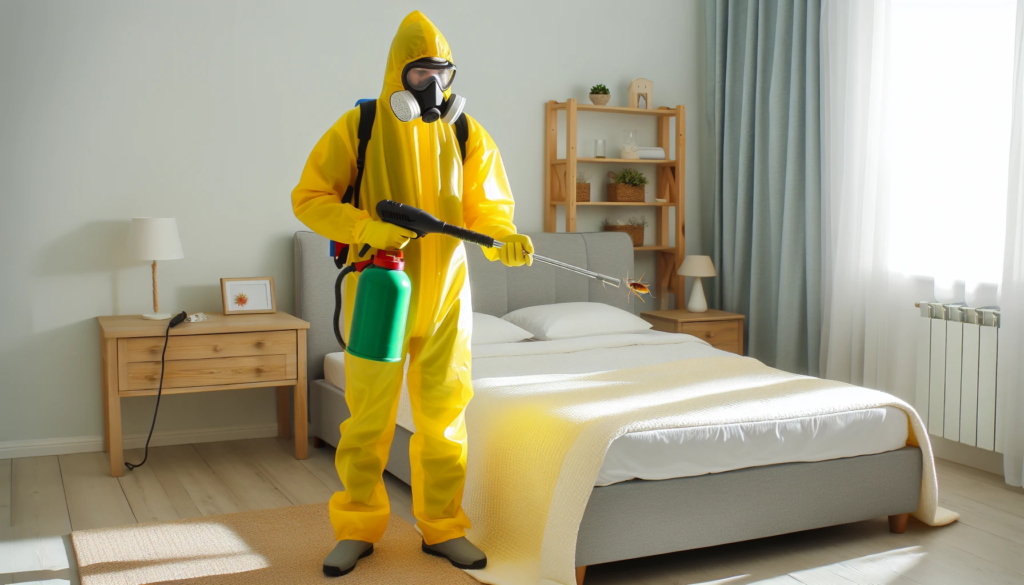Trusted Bed Bug Exterminator Near Me: DC Heat Treatment Professionals
Wiki Article
Exploring the Science Behind Bed Pest Heat Treatments as a Lasting Pest Management Approach
In the world of insect administration, the quest for lasting and reliable options stays a constant search. One such method that has gotten traction in the last few years is using warmth treatments to deal with bed insect invasions. By utilizing the scientific research behind thermal death factors for these consistent insects, warmth therapies offer an encouraging alternative to typical chemical-based approaches. The complexities of exactly how heat efficiently eliminates bed insects and the more comprehensive ramifications for lasting insect monitoring practices make this a subject worth discovering additionally.Bed Insect Warm Treatment Process

Thermal Fatality Factor for Bed Bugs
Subjecting bed pests to raised temperature levels beyond their thermal tolerance array is vital for accomplishing effective eradication in warmth treatment processes. By getting to and preserving temperature levels above the thermal death factor for bed bugs, insect monitoring professionals can ensure comprehensive removal of bed insect populations, including hard-to-reach areas where chemical treatments might be much less reliable. Recognizing the thermal fatality point for bed insects is crucial for carrying out successful warm treatment methods and accomplishing lasting bug administration end results.Benefits of Heat Treatments
Having established the essential thermal death point for bed insects, it is crucial to now check out the considerable benefits that warm therapies offer in effectively eliminating these resistant insects. When contrasted to standard chemical methods, heat treatments existing several crucial advantages. One of the primary advantages is that heat can penetrate deep into holes and cracks where bed bugs hide, ensuring that also the most hard-to-reach locations are heated to dangerous temperatures. This detailed method not just eliminates real-time insects but likewise targets bed pest eggs, avoiding future problems.Additionally, warmth therapies are ecologically friendly and non-toxic, making them a sustainable insect monitoring technique. Unlike chemical pesticides, warm treatments do not find out leave dangerous residues that can position dangers to human wellness or the setting. This element is especially essential in sensitive atmospheres such as medical facilities, institutions, and suburbs where chemical usage may not be desirable.
Furthermore, warm therapies have a high success rate in eliminating bed insect problems in a single therapy, reducing the requirement for multiple gos to and reducing disruption to owners. This effectiveness not only conserves time and cash however also gives comfort to those taking care of bed pest issues.
Effectiveness of Heat Therapy

Heat treatments have the added benefit of killing bed Get More Info insect eggs, which are usually immune to traditional chemical treatments. In general, the efficiency of warm therapies in getting rid of bed pest problems makes them a lasting and trustworthy parasite monitoring strategy.
Lasting Pest Management Benefits
Implementing lasting parasite monitoring methods provides long-term advantages for both the atmosphere and public health and wellness. By utilizing approaches such as warmth treatments for pest control, we can lower the dependence on damaging chemical pesticides that why not check here can have unfavorable effects on ecological communities and human wellness - DC exterminator. Sustainable parasite administration strategies aid in protecting biodiversity by targeting specific parasites without hurting non-target microorganisms, consequently maintaining a balanced ecological community
Furthermore, sustainable pest monitoring practices add to the overall wellness and wellness of the general public. By reducing direct exposure to harmful chemicals made use of in conventional parasite control methods, warmth treatments give a much safer choice for pest administration in residential, industrial, and public rooms. This reduction in chemical usage additionally helps in stopping chemical residues from infecting water, air, and soil, protecting ecological top quality.
Conclusion
In final thought, bed pest heat treatments have been shown to be a efficient and lasting bug monitoring method. The thermal death point for bed pests makes them prone to heat therapies, which have countless advantages over conventional chemical therapies. The efficiency of heat therapies in eliminating bed insect infestations while decreasing environmental influence highlights the capacity of this approach as a sustainable remedy for insect control.The bed pest heat treatment procedure entails raising the temperature within plagued locations to a degree that effectively gets rid of bed pests and their eggs. By reaching and preserving temperature levels over the thermal death point for bed bugs, pest administration specialists can guarantee detailed removal of bed insect populaces, including hard-to-reach areas where chemical treatments may be much less reliable. One of the key benefits is that warm can permeate deep into fractures and crevices where bed pests hide, making sure that even the most hard-to-reach areas are heated up to deadly temperatures. Unlike chemical therapies that may leave behind resistant populaces, warm treatments supply a ecologically pleasant and non-toxic solution that can permeate deep into furnishings, wall surfaces, and other hard-to-reach areas where bed pests hide.
The thermal fatality point for bed insects makes them susceptible to warmth treatments, which have numerous advantages over traditional chemical treatments.
Report this wiki page